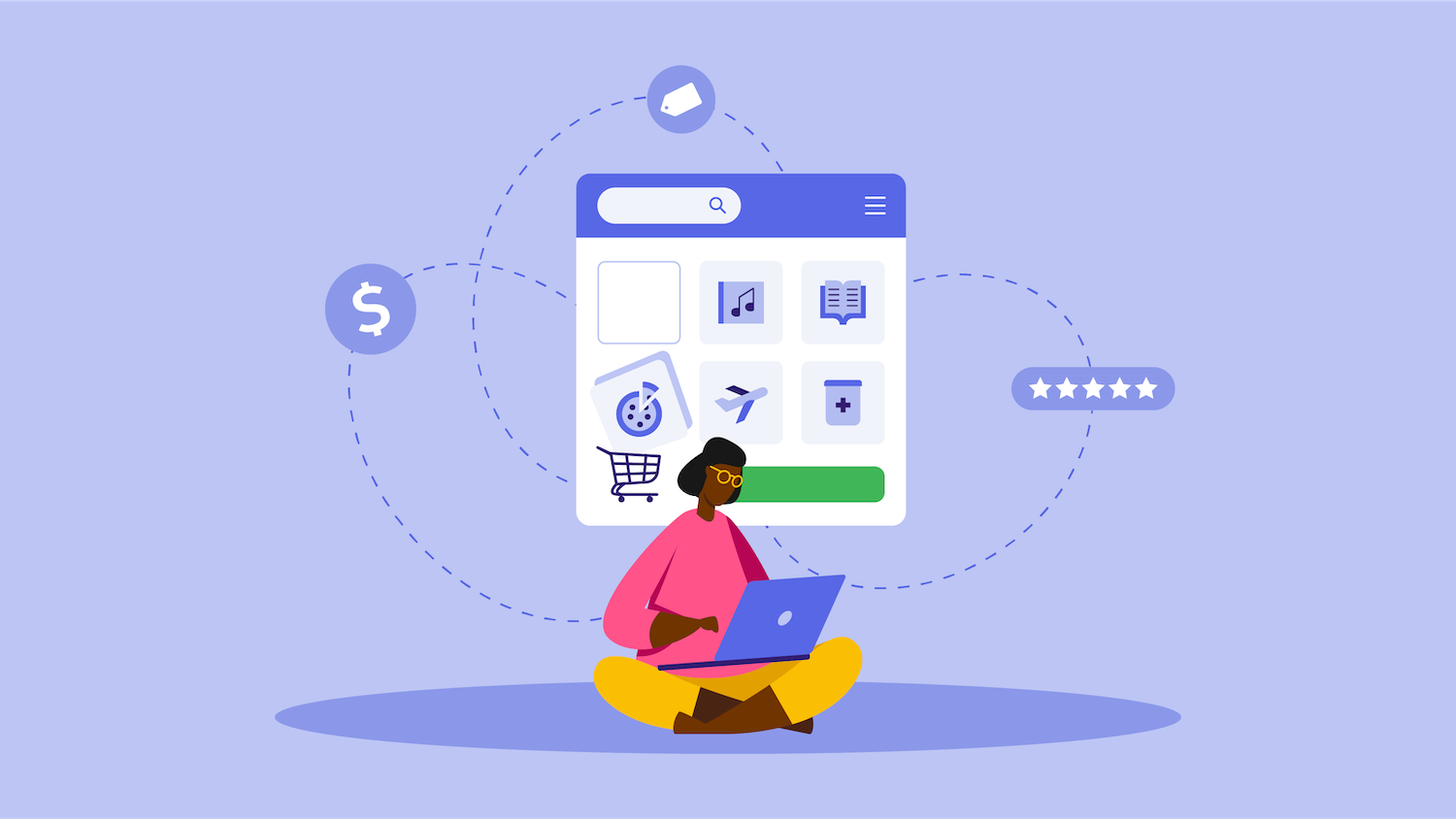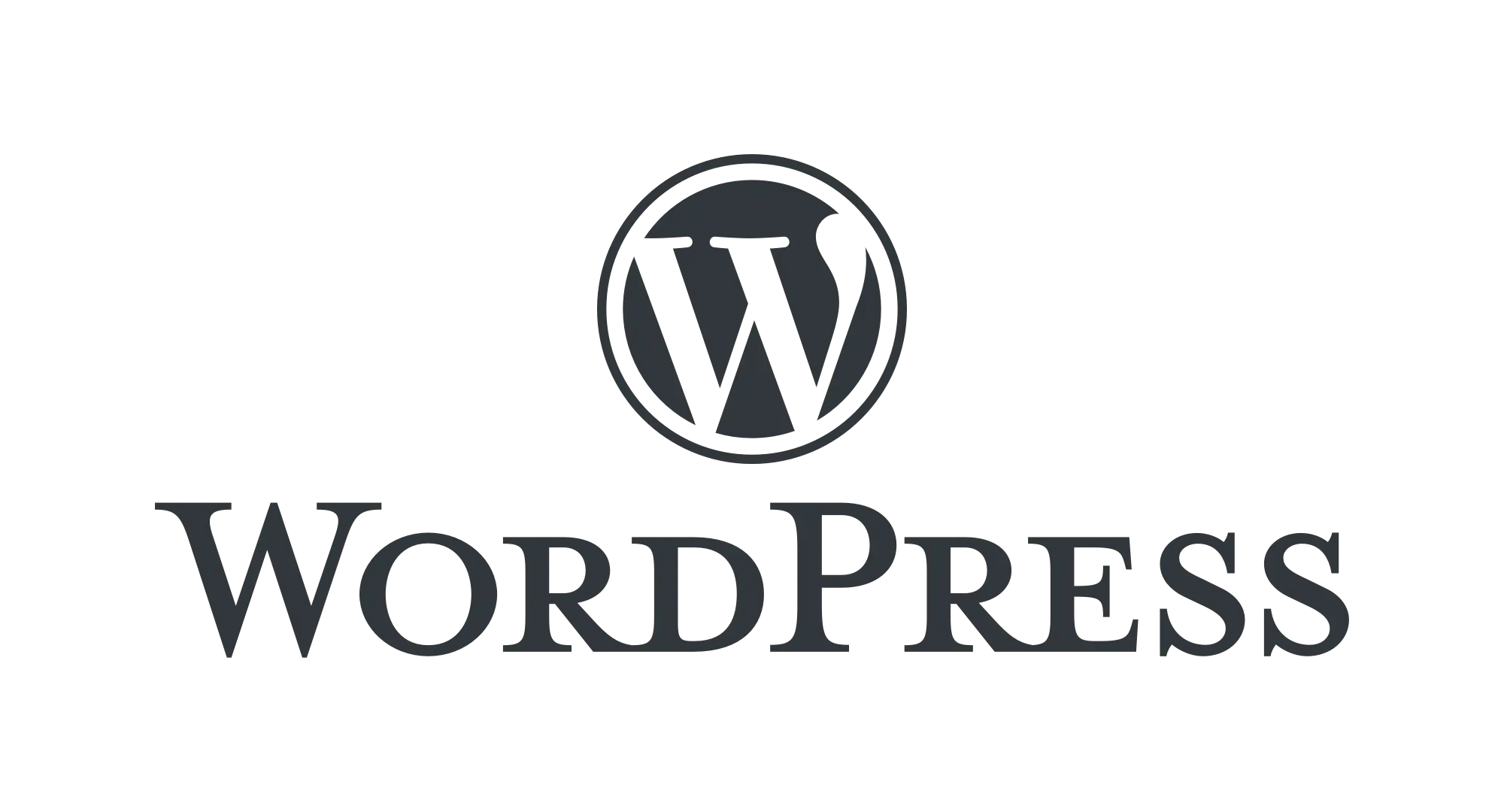The web design industry is undergoing a dramatic transformation—one being led not by graphic designers or front-end developers, but by artificial intelligence. Over the past few years, AI has quietly but decisively worked its way into the core of web development, design, and deployment. No longer confined to narrow automation or chatbots, modern AI tools are now building fully functional websites in a fraction of the time and cost once required. The web design market is not just being influenced by AI—it’s being revolutionised by it.
In this article, we explore how AI is rapidly taking over the web design market, what this means for traditional designers and developers, and how businesses can benefit from these evolving technologies.
1. The Evolution from Manual Design to Smart Automation
Historically, web design was an intricate craft requiring deep knowledge of HTML, CSS, JavaScript, and graphic design principles. Early websites were coded line-by-line by developers with a keen understanding of usability and structure. The rise of content management systems like WordPress in the 2000s made website creation more accessible, but still demanded skill, especially when creating bespoke sites.
Today, however, AI-powered website builders like Wix ADI, Bookmark’s AIDA, and Zyro’s AI Tools can generate entire websites based on a few answers to basic questions. They select layouts, optimise design for user experience, and even write copy—all in minutes.
This marks a paradigm shift: what once required a team of designers, developers, and content writers can now be initiated by a single person using an AI platform.
2. How AI Works in Web Design
AI-driven web design works by leveraging machine learning models trained on vast datasets of websites and user behavior. The systems learn design aesthetics, layout patterns, color theory, UX conventions, and more. Here’s how AI is being used:
- Layout Generation: AI identifies the best layout depending on the type of site (e.g., portfolio, e-commerce, blog). It calculates visual hierarchy and usability based on known patterns that perform well.
- Content Creation: GPT-based models (like the one powering this article) can generate homepage copy, product descriptions, blog posts, and even meta tags in natural language, tailored to the site’s target audience.
- Image Selection & Editing: AI selects relevant images and adjusts them (cropping, resizing, enhancing) to match the design style automatically.
- SEO Optimisation: Smart algorithms can rewrite headlines, suggest keywords, optimise meta descriptions, and structure content in ways more likely to rank on search engines.
- A/B Testing & UX Improvements: AI can conduct ongoing experiments to improve conversion rates by tweaking page layouts, CTA button placements, and navigation structures.
In essence, AI removes much of the guesswork and manual iteration, enabling highly functional, design-conscious websites with minimal human input.
3. AI vs Traditional Web Design: The Shift in Roles
With AI taking on more responsibilities, the role of the human designer is shifting. While some may fear obsolescence, the more accurate perspective is evolution.
Traditional Designer Roles:
- Craft custom layouts and user experiences
- Conduct UX research
- Write and test code
- Manually integrate features and CMS platforms
AI-Enhanced Designer Roles:
- Oversee and guide AI-generated designs
- Customise AI templates for brand consistency
- Curate content and images generated by AI
- Focus on high-level strategy, storytelling, and user journeys
Rather than eliminating designers, AI frees them from repetitive, time-consuming tasks. This allows them to focus on strategic creativity—branding, emotion, storytelling—things that AI has yet to fully master.
4. The Business Impact of AI-Driven Design
From a business perspective, AI in web design offers enormous advantages:
- Speed: What once took weeks can now be done in hours. This is crucial for startups and small businesses looking to launch quickly.
- Cost Efficiency: AI platforms drastically reduce the cost of hiring multiple specialists, making web design affordable for businesses of all sizes.
- Consistency: AI follows best practices and style guides without deviation, ensuring consistency across all pages and devices.
- Scalability: Need to launch five landing pages for five products? AI can replicate layout logic and content themes across multiple pages effortlessly.
- Personalisation: AI can dynamically adjust page content based on user behaviour, demographics, or location—improving engagement and conversion rates.
For businesses, the promise of AI is faster launches, lower costs, better performance, and more flexibility.
5. The Democratization of Web Design
Perhaps the most exciting development is the democratisation of web design. Entrepreneurs with little to no technical background can now launch a professional online presence with the help of AI.
Before, a visually compelling website required hiring developers, designers, and often an agency. Today, anyone can create a website with a few clicks—thanks to AI. The playing field is levelling, allowing solopreneurs, artists, freelancers, and small businesses to compete with larger organisations.
This accessibility is transforming how digital identities are formed and how businesses connect with customers.
6. Challenges and Limitations of AI in Web Design
Despite its many advantages, AI in web design isn’t without its challenges:
- Lack of Deep Brand Understanding: AI can generate beautiful, functional layouts—but often struggles to capture nuanced branding or unique voice.
- Creativity Limits: AI-generated designs can feel formulaic or derivative. While perfect for efficiency, they may lack the originality of custom hand-crafted work.
- Generic Content: While AI can write copy, the tone may be bland or overly general. It often requires human refinement.
- Dependence on Templates: AI tools often build from rigid frameworks, limiting flexibility for highly bespoke or experimental designs.
- Privacy & Data Use: Some AI tools collect user input to refine their models, raising potential privacy concerns depending on the application.
Understanding these limitations is crucial when deciding whether AI is suitable for your project or whether a hybrid approach is best.
7. The Future: Collaboration Between AI and Human Designers
Rather than seeing AI and designers in opposition, the future lies in their collaboration. Designers who embrace AI can become more productive, strategic, and impactful. They can prototype faster, test more designs, and free up time to work on creative storytelling, emotional branding, and user empathy.
In the same way Photoshop didn’t replace artists but empowered them, AI is becoming a new tool in the designer’s toolkit.
We’re also seeing the emergence of “AI-augmented design teams,” where AI handles the grunt work and humans refine the outcomes. These teams can work more efficiently, iterate faster, and focus more on innovation than execution.
8. Trends to Watch
The AI-web design revolution is only beginning. Here are some trends to watch in the coming years:
- AI-First Design Platforms: Tools that prioritise automation first, not just as an add-on.
- Voice-Based Web Design Tools: Build websites by simply describing them out loud.
- Real-Time Personalisation Engines: AI that adapts websites for each visitor in real-time.
- Integrated AI Copy + Design Suites: One platform that handles content generation and layout seamlessly.
- Emotionally Intelligent UX: AI that recognises user frustration or confusion and adapts the experience.
Conclusion: Adapt or Be Left Behind
AI is not just a trend—it’s the future of web design. Businesses and designers that embrace it will find themselves at a competitive advantage, able to deliver faster, cheaper, and more user-focused web experiences. Those who resist may find themselves outpaced by tools that can generate websites in seconds, iterate continuously, and optimise based on data humans could never analyse so quickly.
Still, the best results come from the combination of machine intelligence and human creativity. The ideal web design process of the future isn’t AI or human—it’s AI with human insight.
Whether you’re a solo entrepreneur or a large agency, now is the time to explore how AI can power your web design process. Those who adapt early will shape the next era of the web.




Fascinating read! It’s incredible to see how far AI has come in streamlining web design—from layout generation to content creation. While there’s still a place for human creativity, the efficiency and accessibility AI brings to the table is truly game-changing. Great insights!